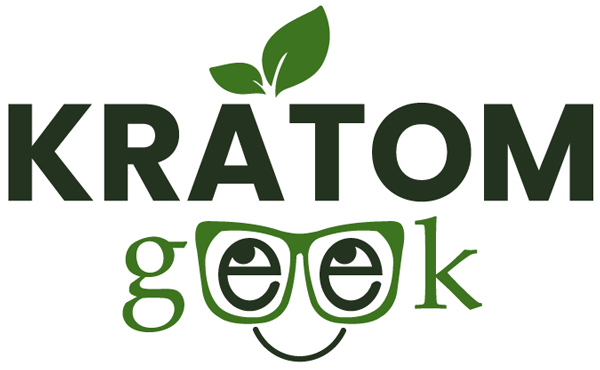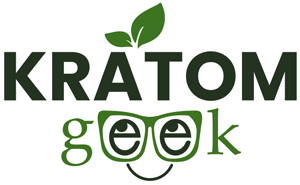The Food and Drug Administration (FDA) implemented a couple of import alerts in the past couple of years that have made it increasingly hard on vendors and suppliers to get kratom onto the market where it belongs. If those import alerts were used properly, it wouldn’t be an issue. However, the FDA has taken the stance that kratom is an unregulated drug on the market and has been looking for different ways to ban the substance from entering our borders. But the truth of the matter is that kratom is a legal supplement that doesn’t endanger anyone who takes it responsibly.
Despite that fact, the FDA has made the plant one of the agency’s focal points for the past few years, pushing to get it placed on the Drug Enforcement Agency’s (DEA) scheduled list of narcotics. And the actions of the FDA go against all scientific evidence and logic. Yet, it continues with the propaganda and misinformation campaign it began almost a decade ago. And it does that despite the growing reports from the scientific community that expresses the opposite of its agenda.
To battle the scientific reports that offer contradictory information, the FDA uses people’s fear as a weapon. And everyone is scared of getting sick. The current coronavirus pandemic allows you to witness that truth in action at this very moment. People panic when they realize their health is at the whims of fate. And the FDA uses that worrisome terror to help mandate its ulterior motives.
Customs Seizes Kratom with Salmonella
The US Customs and Border Protection’s (CBP) Office of Field Operations (OFO) seized more than a half-ton of kratom heading into the US at the Fort Street Cargo Facility in Detroit, Michigan. The kratom was selected to be inspected more thoroughly after agricultural specialists found a few discrepancies with the way the manifests were labeled. Apparently, the documents listed the products as botanical soils from Canada. But after an initial inspection, the field officers suspected that somebody mislabeled green tea products.
The FDA performed the necessary tests to identify the substance. And those lab results determined the substance in possession was kratom powder. But some of the results the lab provided also revealed that salmonella was present inside test samples. And that’s when the government agency seized the kratom at the port since it was deemed a public health risk. The product couldn’t be allowed to reach its destination where it would be sold to consumers. Salmonella poisoning can be a very serious condition that causes all kinds of abdominal and digestive problems. So it’s nothing that should be taken lightly.
We should all be grateful that a contaminated batch of kratom was taken off the market. Those who would have been unlucky enough to purchase a bag of that kratom would have felt the consequences shortly later. On average, it takes about 12 to 72 hours for the effects of the bacterial infection to be felt in the subject. And that’s the last thing you would want to feel.
The Salmonella Component of the Story Is Vague
The argument that salmonella was present in the kratom, however, does leave a lot of unanswered questions. For one, did all of the samples that were tested show a positive reading for salmonella? That answer is important because kratom arrives through customs in a lot of different packages. And the presence of salmonella in one batch does not necessarily mean that the bacterium is going to be found in another. Actually, finding salmonella inside one pack doesn’t even mean the bacterial disease will be present throughout the entire batch it was found in. But that doesn’t matter because if it’s found inside a parcel, the entire package must be discarded. It’s not worth the risk. However, if the bacteria were found only in one or a few cases but not the others, then the FDA should not have confiscated every package in the shipment.
Since there isn’t more information about the lab results and the findings, we’re just going to have to assume every package was contaminated. But the odds that the outbreak developed in every batch of the kratom shipped are almost nonexistent. Salmonella contamination doesn’t occur that way. But treating all the batches like they were corrupted allows the FDA an opportunity to get more kratom off the streets while creating an illusion about how risky kratom products can be to ingest. The FDA loves to promote that kratom products are susceptible to infection. But is salmonella more likely to develop in kratom than any other food?
FDA Salmonella Scare Tactics
The CBP at Great Lakes put out a press conference to announce and politicize the operation. And I understand why they did that from a political standpoint: If you’re trying to win psychological warfare by using fear on the minds of the populace, then governmental scare tactics always manage to stimulate the herd mentality of the masses. But does the publicity of the story of salmonella found in kratom really live up to the hype of it being pushed as a reason for calling the plant dangerous to digest?
Salmonella contamination is nothing new. Not only is it found in meat, poultry, and eggs, but it can also be found in fruits and vegetables. Even processed foods are not safe from the bacteria. And the outbreaks of salmonella across the globe are on the rise. They have been for a long time, especially in fruits and vegetables. In fact, cucumbers are one of the largest contributors to the bacterial infections found in the US. Just this year, in 2020, the Centers for Disease Control and Prevention (CDC) have already linked more than 800 cases of salmonella to an ongoing outbreak found in cucumbers. And four people have died as a result. But did the FDA call upon consumers to stop eating cucumbers as a result of all the outbreaks this year? Of course they haven’t.
The FDA shouldn’t be telling consumers to stop purchasing kratom because of a few outbreaks, either. Instead, it should help resolve an issue that’s manageable.
We Need a Well-Regulated Kratom Industry
Any food or herbal substance that is contaminated with salmonella should not be allowed to hit our markets. We can all agree to that. So if that kratom was contaminated with salmonella, then it’s a good thing it’s not available to be purchased. Getting food poisoning from ingesting contaminated materials is a terrible experience. I’ve had plenty of bouts of food poisoning in my life, and none of them were anything I’d like to relive. But, at the same time, nobody can stop eating, either. And that’s the only way you’re going to be completely safe from salmonella.
Instead of trying to starve ourselves, we need to make sure our food is properly cooked. As for the vegetables and fruits, there’s nothing you can really do about it unless you have access to your own garden or purchase from the local farmer’s market. Otherwise, you’re always taking a chance. Stores nowadays purchase produce from several foreign countries. And those governments don’t have the food-safety guidelines in place that American manufacturing facilities do. But the importation of international goods will never stop. So we have to improvise.
It’s the same with the kratom industry. The FDA should stop with its scare tactics and start doing its job. The FDA should step up and regulate the industry. It should work with Indonesian suppliers and US vendors to make certain kratom products are safe. Every American expects that when making a legal purchase of a product that has so many natural benefits.






